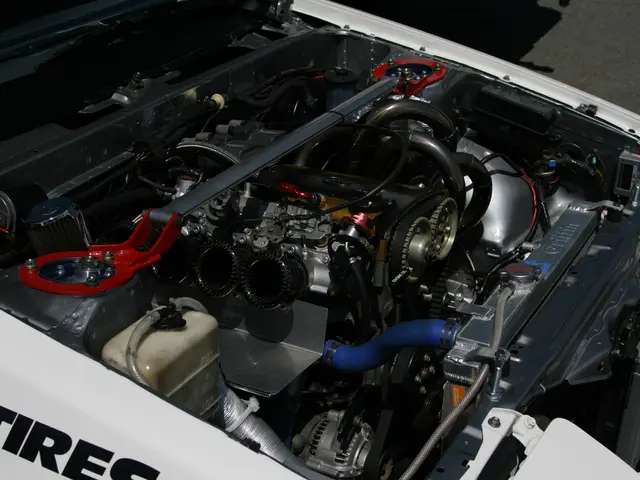Texas Power Crisis: Renewable Energy Firms Face Mixed Financial Impacts
The recent power crisis in Texas has left a significant financial impact on some renewable energy companies. While certain firms like Innergex Renewable Energy and RWE faced substantial losses, others such as EDP and Avangrid managed to navigate the crisis with modest losses or even profits. Meanwhile, three retail power suppliers - Griddy Energy, Brazos Electric, and Just Energy - were forced to declare bankruptcy.
The varying financial performances of wind projects during the crisis can be attributed to two key factors: differing output due to weather conditions and varied hedging strategies. In Texas, wind projects typically secure their energy revenue through merchant arrangements, power purchase agreements (PPAs), or bank hedge agreements. However, during the extreme wholesale power prices witnessed during the crisis, bank hedge agreements proved to be the most precarious option for wind projects.
To better manage risks for renewable energy projects and electricity supply during extreme weather events, an effective design for financial hedging is risk pooling through diversified weather risk insurance or parametric insurance products. These insurance-based instruments offer direct risk transfer solutions tailored to weather extremes, enabling more resilient financial protection for renewable energy assets. This approach was highlighted as a better alternative to traditional bank hedges, which are less effective for extreme weather volatility.
The Texas Senate has approved a bill to reduce $5.1 billion in fees accrued during the 32 hours of disputed emergency pricing. As wind and solar generation continue to increase, appropriately designed hedge structures could prove instrumental in promoting beneficial investments and operations for power system reliability. Despite the crisis, not all wind projects in Texas experienced severe financial impacts, demonstrating the importance of strategic hedging and adaptability in the face of extreme weather events.







